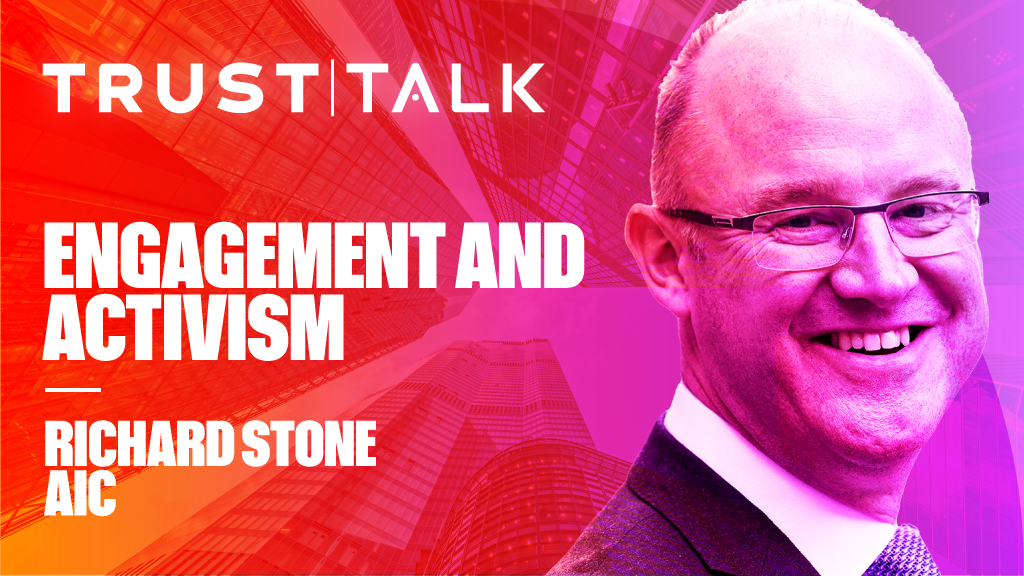If 2015 is anything to go by, the only thing that one can say for certain about 2016 from a financial market point of view is that surprises are likely. Not only is there an understandable sense of trepidation about the possible impact of a hike in interest rates after so many years of extraordinarily loose monetary policy, there are also a number of geopolitical worries and a lack of any real conviction on the valuation front in most parts of the market.
As a result, as we head into 2016, there seem to be just as many reasons to be negative as there are to be positive. So, we thought it a good idea to argue both cases and then let you make up your own mind. First the negatives, and then tomorrow Gary Shepherd will take a more optimistic stab at things.
What If the Fed is wrong?
The base case for most people is that the Fed has managed to just about thread the needle in its timing of an interest rate hike. That, while still fragile, the recovery is ongoing and gaining strength and that it will be able to withstand without too many ill effects a few further hikes.
There are, of course, other ways to read the tea-leaves. One of these is that the Fed has in fact gone too soon, that the recovery is less secure than many think. As Ariel Bezalel, manager of the Jupiter Strategic Bond Fund pointed out last week: “There is a genuine risk that the Fed will end up doing ‘one and done’.”
According to Bezalel, the Evercore ISI Company Surveys, a weekly sentiment gauge of American companies, has weakened this year and is currently hovering around 45, suggesting steady but not spectacular levels of output. While, more worryingly, the slowdown in global trade now appears to be affecting US manufacturing.
“The global economy is suffering from acute oversupply, not just in commodities but across a range of sectors, and industrial output in the US is now starting to roll over. Historically, the Fed has only begun to raise rates when the ISM manufacturing purchasing managers’ index (PMI) has been in the mid-50s. It is now in the high 40s.”
As a result of this, and the expectation that a number of powerful longer term deflationary impulses remain, Jupiter is maintaining an above- consensus duration of over 5 years.”
If Bezalel’s scenario does come to pass, we could see a situation where the market is severely disappointed in its expectation of at least two further hikes in 2016 by the US. And, if the reaction to the recent ‘disappointment’ around the ECB’s recent rates decision is any thing to go by, we could see significant volatility as a result.
An even more concerning view, however, comes from Societe Generale’s Albert Edwards who believes the Janet Yellen-led Fed will go down in infamy for “deliberately stoking up yet another massive financial bubble”.
In Edwards’ view, rather than going too soon, the Fed has waited too long to raise rates.
In a recent note he said: “In the wake of the 2001 recession, an extended period of corporate de-leveraging to unwind the excess of the tech bubble led the Fed to maintain loose monetary policy for far too long. By the time it eventually began to tighten, in June 2004, household debt growth was rampant and eventually blew up the economy. This time around it will be no different, except credit growth has already reached peak historical rates. In short Janet. It’s too late!” he said.
Indeed, he added: “Rather than presiding over a sustainable recovery, as the myopic Fed would have us believe, we are unfortunately sitting on yet another recession-inducing, debt time-bomb waiting to blow.”
And, it comes at a time when the core PCE deflator is close to 1%, he points out: “Outright deflation beckons in the next recession as a direct result of the Fed’s negligently loose money policies and hence it will fail to meet their explicit dual mandate, let alone its “unwritten” financial stability target.”
Such a scenario is, arguably, even scarier than Bezalel’s.











